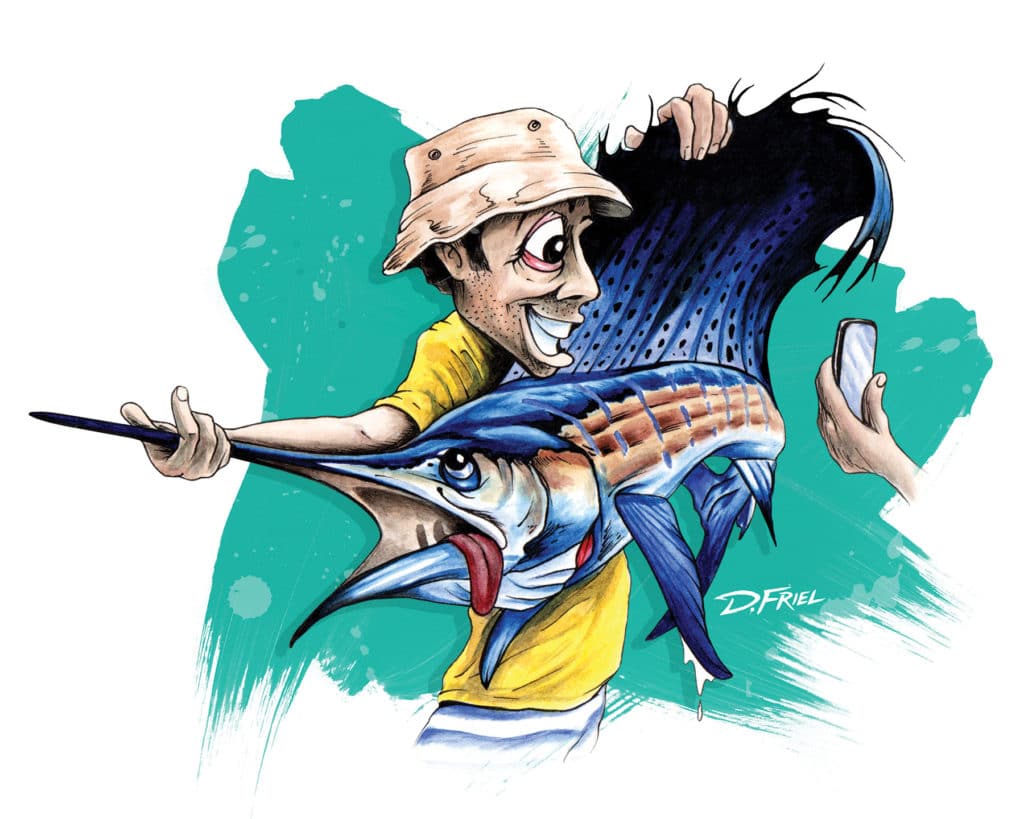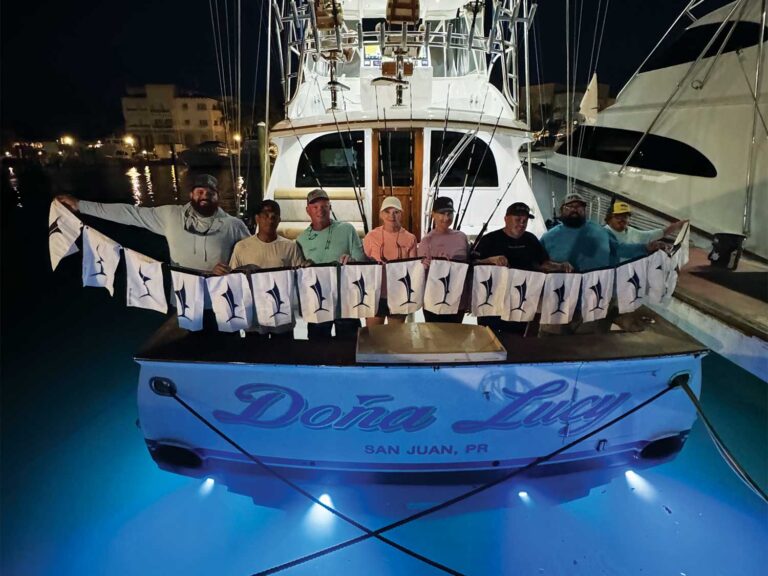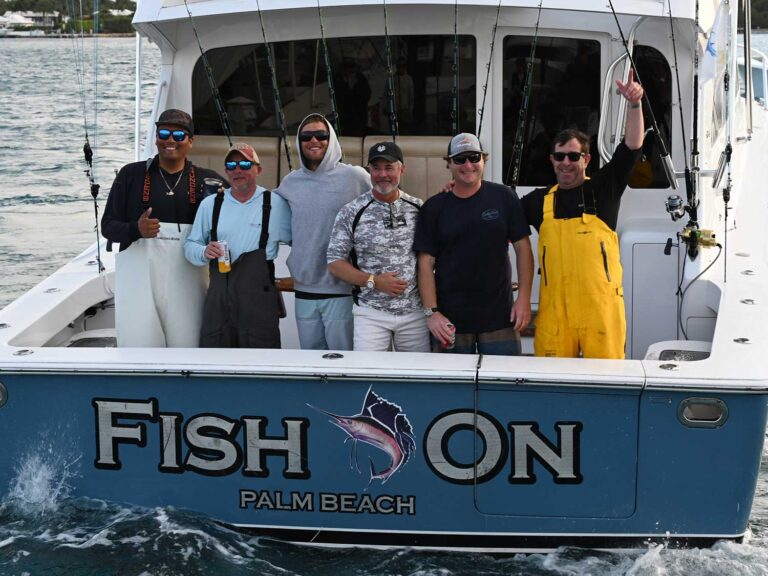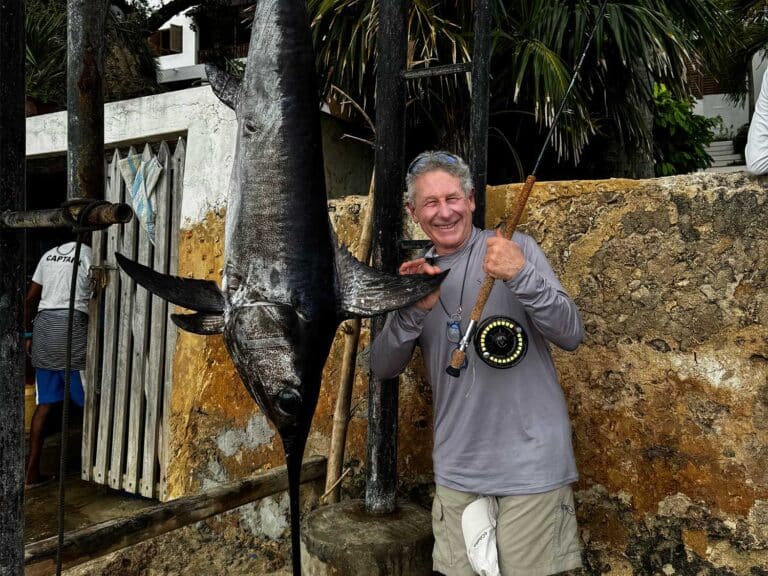
I was fishing in Costa Rica when I heard a captain on the radio going off about a small charter boat pulling a sailfish out of the water for a photo. He was screaming something about how the boat’s behavior will kill the fish.
Then that same old cranky captain and his owner — who think they are righteous — are out there catching 20 to 30 sails every day for pleasure and as practice for the upcoming tournaments with the same anglers they always have on board.
But if you think about it, the captain of the private boat probably kills more billfish each year as a result of his actions. How is that? Some research studies say quite a few billfish die after being released, even when anglers use circle hooks. Who knows really how complex these studies were? Were they dropping back three seconds like a pro or 10 seconds like some people do, meaning were they trying to hook the fish in the mouth, or did they gut-hook them? So many variables need to be taken into consideration when it comes to estimating the post-release mortality. But what this science does prove is the guy releasing billfish each day is killing plenty of fish too.
I started thinking about the economic impact the charter provides with this one photo: four guys, all from the Midwest, where they get to fish for billfish only by getting on a plane and traveling down to Costa Rica. Then that same group of guys goes back home, and they show this photo to all their friends and family. Next year, more of their friends book a trip and charter some boats, buy airplane tickets, book rooms, go out to several dinners and even go zip-lining — just because they wanted the same experience they saw in the photo. Yes, these private boat owners provide an economic impact too: They buy fuel, groceries, condos, hire crews and home-cleaning services, buy meals and more.
I know that we all have some of those great photos from the old days when it was allowed, because we all did it! Even today we take some photos with our iPhones of all the non-billfish we catch-and-release, holding them up carefully. But then I noticed that the private boats were catching them so fast that nobody really cared about winding them in or enjoying the fish’s acrobatic jumps. It’s all about hooking the fish and the total number of fish they released when they get back to the dock at the end of the day.
When I watch the charter boats, they rarely roar back and dust the fish off. The crews want the people to really enjoy watching the fish jump, and then the angler gets to fight the fish while sweating and complaining his arm hurts as he gets ribbed by the crew and his friends. To be honest, the charter boat will catch only a few compared to the private boats that are locked and loaded, and those private boats might even run 50 miles out to the big schools of sailfish that allow them to catch those crazy numbers. The charters also aren’t pulling a fish over the covering boards and snapping a photo of every sailfish they catch.
Let me be clear, I am not endorsing anyone to pull a billfish out of the water by any means. We all need to be aware that improper handling of any species can kill that fish you plan on releasing, especially when the fish is grabbed in a way that removes the slime from its body. This is proven with the handling of goggle-eyes, when you see your handprint on them the next morning after you catch them. The slime is gone, and the bacteria sets in and can eventually kill them.
All I know is that big-game fishing is a great sport, and we all care about these fish long after we have enjoyed hooking them and snapping a couple of pictures of them. I know for sure that we all do our best to ensure these fish survive and go on to breed so our kids can enjoy them in the future, just like we did. Speaking of breeding? We will address that next.







